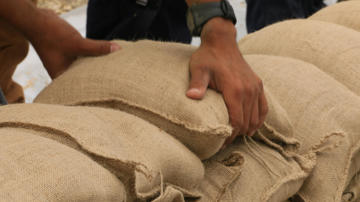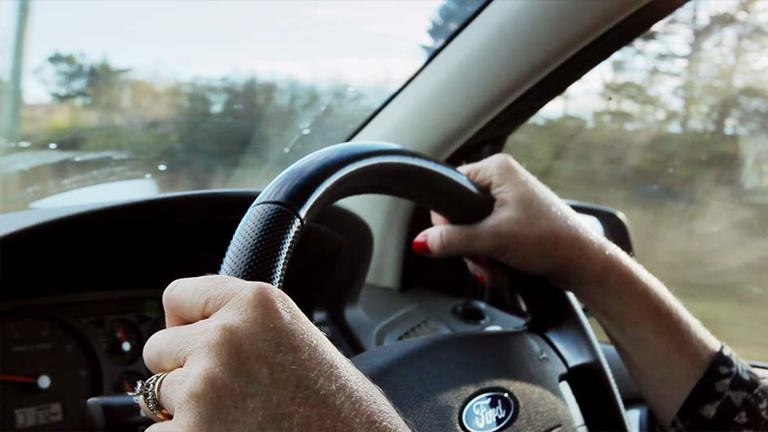When a severe weather warning is issued, what do you do?
Whether you've experienced wild weather before or not, you can never be too sure what to expect from a cyclone or sudden storm, but you can always be prepared.
We've put together these quick safety tips that you can use in the face of severe weather, to put you, your family and your community in a better position to come through unscathed.
How to prepare for cyclones
- Close all windows, shutters and doors
- Stay tuned to evacuation orders and have alternate accommodation in place
- Unplug all electronics
- Fill all sinks and baths with water reserves
- Secure your vehicle/s
- Bring all pets inside or shelter larger ones
- Tie down all outdoor furniture, including any kids outdoor play equipment
- Contact family and friends to warn them
- Pack an emergency kit with a mobile phone, spare batteries and radio
- Create a small "keepsake" container for sentimental belongings (photo albums, jewelry, mementos), making sure it's small enough to take with you if you need to evacuate
- Buy a waterproof safe and fill it with important documents (passport, health docs, tax docs, contracts, etc.)
How to prepare for flooding
- Remove as many household items as possible to a high point
- Pile furniture and personal items on beds
- Keep emergency radio, torch and mobile on hand
- Remove all drawers from built-in wardrobes
- Tie down loose items in your yard
- Park your vehicles in the garage if possible
- Move all chemicals that may react with water to a water-proof container and place at high level
- Disconnect all gas cylinders and gas bottles
- Close the main water valve
- Reconsider your travel plans
- Find the natural slope of your property and create paths for the water to drain away from your house
- If you can't move your car to higher ground (e.g. a nearby public garage) then use two flood covers to protect it from water damage. Place one car cover upside down on your driveway, carport or garage and drive the car in. Bring the sides of the cover up and secure them with rope and tape. Then place the second cover over the car.
- If you have a boat, remove furled sails, covers, bimini tops and any clears to reduce wind loading. Be sure to secure all hatches and loose articles below deck.
- Have your insurer's contact details on hand in case you need to make a claim
Driving in wet weather
- Slow down and allow additional time for travel
- Keep extra space between vehicles as braking distance is increased during the wet
- Turn on headlights to improve visibility
- Don’t forget to turn off headlights when you reach your destination
- Be alert that pools of water on the road may cause vehicles to aquaplane
- Also be alert that pot holes may have formed during the rain
- Do not attempt to cross flooded roads or causeways – if it’s flooded, forget it
So the next time severe weather is closing in or a sudden storm strikes, keep these tips in mind. They could make a big difference and make the aftermath a whole lot easier to deal with.




